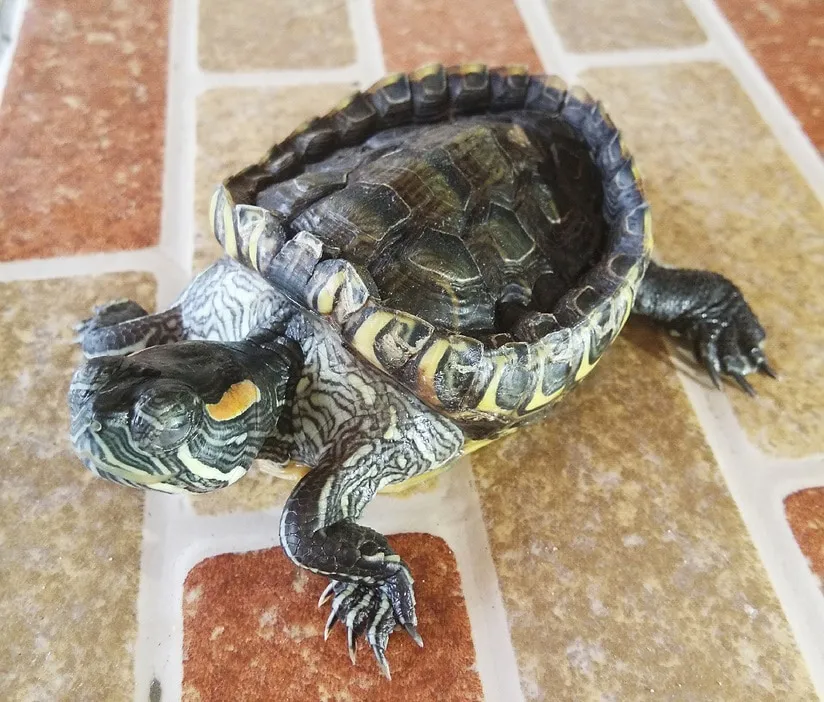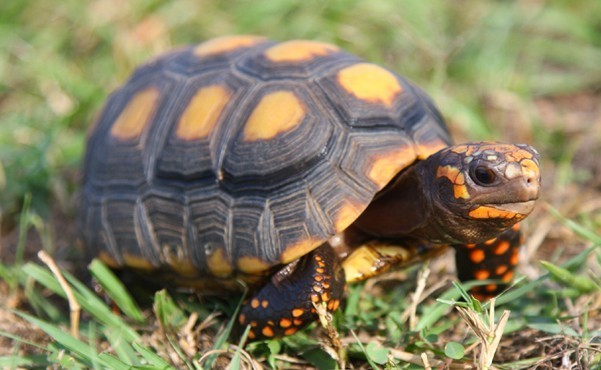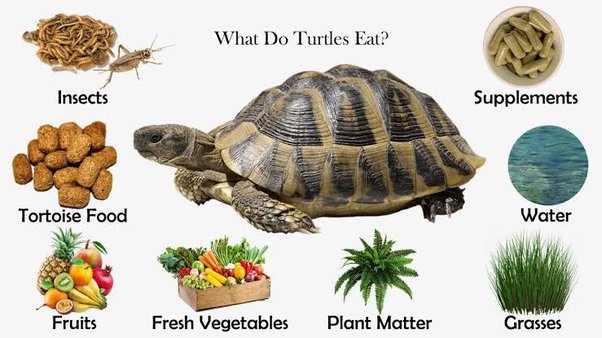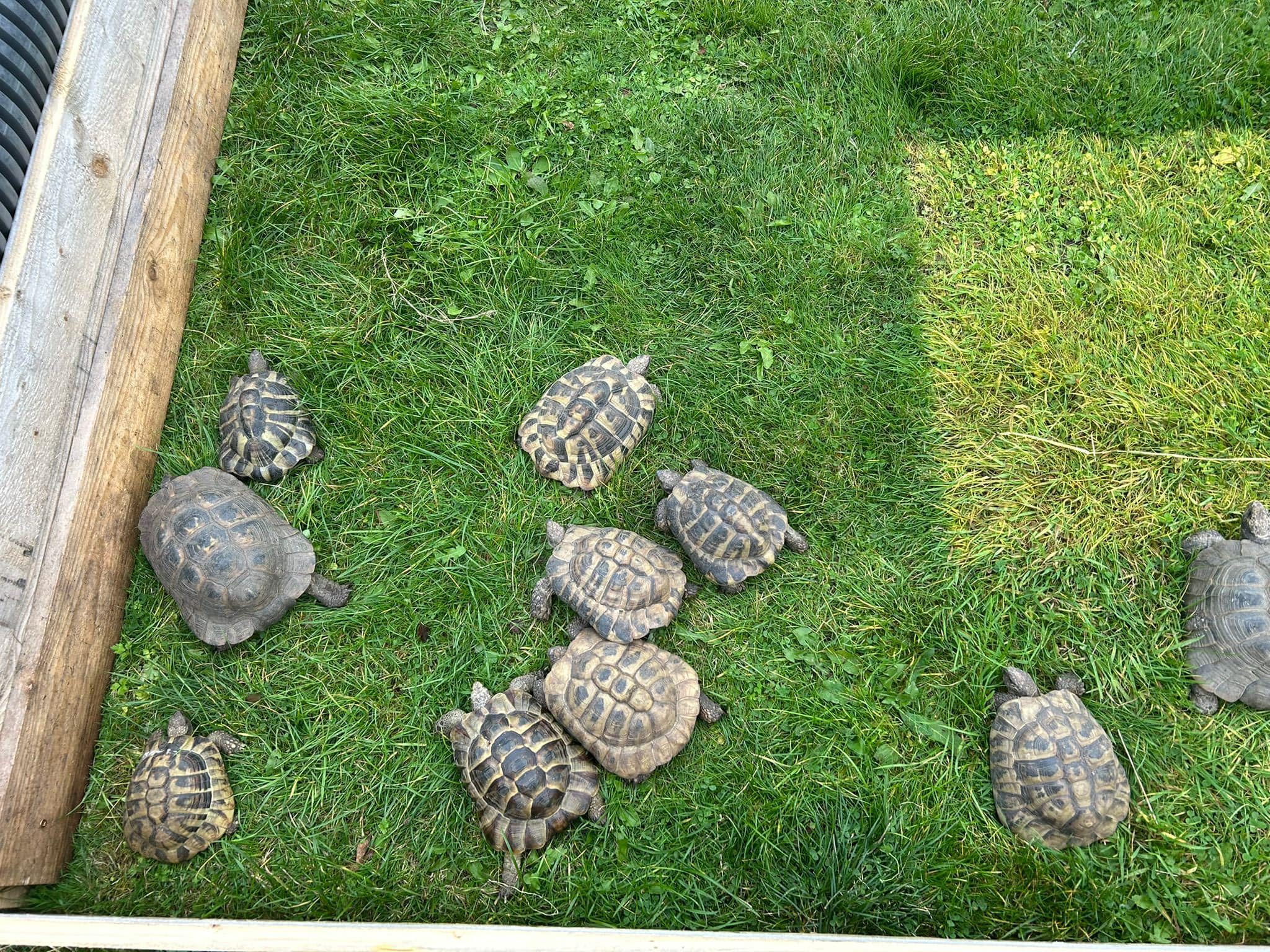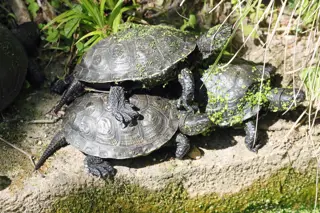
Enrichment
You should provide opportunities for natural behaviour that is known as enrichment. Research shows that reptiles can learn simple tasks and they’re more complex than people thought in the past.
You’ll have already created areas for basking and swimming, but you can also add securely placed rocks in the water for the Terrapin/Turtle to investigate and hide between. You can also provide enrichment by feeding live river shrimp which the Terrapin/Turtle can hunt in the water.
You should also add plants such as pond weed in the water, which will increase the dissolved oxygen and can be eaten by the Terrapin/Turtle. Floating plants will make the slider feel more secure as this will provide shade too.
Terrapins, like all animals, have their own personalities and behaviour, which they often display in their tank/pond. Through certain movements and specific demeanours, Terrapins/Turtles can show you what they want to do, how they are feeling, and if they are sick. You just have to read the signs and start deciphering what your Slider/Turtle wants.
When a dog wags its tail happily, you know it’s being friendly and wants to play. That’s a behavioural pattern that we, humans, have learnt to recognize in dogs. We are less used to understanding Terrapins/Turtles because they are not that common and there is less research about them. They also don’t wear their hearts on their sleeve, as dogs do, and their language signs are more discreet.
Terrapins & Turtles body language
It may sound bizarre, but by observing a Terrapins/Turtles body language and reactions to the surroundings, you can actually learn a lot about its mood and temper. Through observation and with a good Terrapin/Turtle behaviour guide, you will be able to follow your animals well-being.
These skills will prove quite helpful if your animal is sick. If you recognize behaviour that is out of the ordinary, you can take your Terrapin/Turtle to a Hervet and overcome an ailment or a health problem much faster.
Following are some typical behavioural signs of a Terrapin/Turtle that can help you understand how they behave on their own and with others in their tank or pond.
A Terrapin/Turtle is hitting another Terrapin/Turtle
A male Terrapin/Turtle may hit a female repeatedly and bite it on the neck or legs to prepare her for a mating session. If the male becomes too aggressive, you may have to separate them to prevent injury.
Males can become pretty territorial, so placing several males in a small tank/pond can cause stress and distress to the Terrapins/Turtles. Our suggestion is to have a very large tank or a very large pond if you choose to have several Terrapins/Turtles, to give them enough personal space. However, the males will still fight so keeping them separate would be better for them. With females if there is not enough space they may fight other than that they would be fine.
Burrowing and hiding in the soil
When the atmosphere starts getting colder during the winter, a Terrapin/Turtle may lose its appetite and may try to burrow and hide in the soil. This is no cause for alarm: it simply indicates its readiness for brumation.
Terrapins/Turtles brumate during the cold months, when they lower their metabolism, stop eating, and retain the energy they have to keep them going through the colder months. If you keep the tank or pond temperature constant, your Terrapin/Turtle will not feel a temperature difference and may not brumate. In its natural habitat, they will brumate due to the climate.
The same burrowing behaviour in other seasons, may indicate ill health. You must consult with a Hervet as soon as possible because this could be a sign of a serious health problem.
Digging the ground with its rear legs
A male terrapin that is digging in the ground may be trying to find food. In this case, it may be malnourished.
On the other hand, digging or scrapping of the ground by a female with its rear legs, it may mean she’s trying to lay her eggs.
According to the law of August 2016, Terrapin owners are forbidden from breeding Terrapins and releasing them into the wild, as they are feared to be invasive non-native species in the United Kingdom. If you have Terrapins of both sexes in your tank or pond, you should separate them and stop them from reproducing. If kept together you can remove the eggs and dispose of them humanly.
Substrate
Substrate is the name for the covering on the tank floor, and is recommended in a glass aquarium so that the terrapin can’t break the sealant. Fine sand can be used but avoid small stones or gravel as they’re sometimes eaten, causing a blockage in the digestive tract.
When doing your water changes, you should really be cleaning the sand substrate. A thin layer is easier to keep clean as waste stuck in the sand will break down slowly and add toxins into the water. In the dry area you can use an organic soil/sand mix.
Owners should also consider a bioactive system. There are expert books on the topic, and specialist keeper groups online.
Adopting a Turtle
Adopting a Turtle and not a non-native species (Terrapins).
Always set up the tank two weeks before introducing your Turtle to ensure the electrics are running correctly. The water will come to temperature and the filter will start to cycle during this time.
Place the container with the Turtle inside onto the basking platform and gently allow the Turtle to come out. Secure the tank/pond and leave the lights off until the following day, to reduce stress and allow the Turtle to explore its new home. Turn your lights on again the next morning and check on your Turtle.

